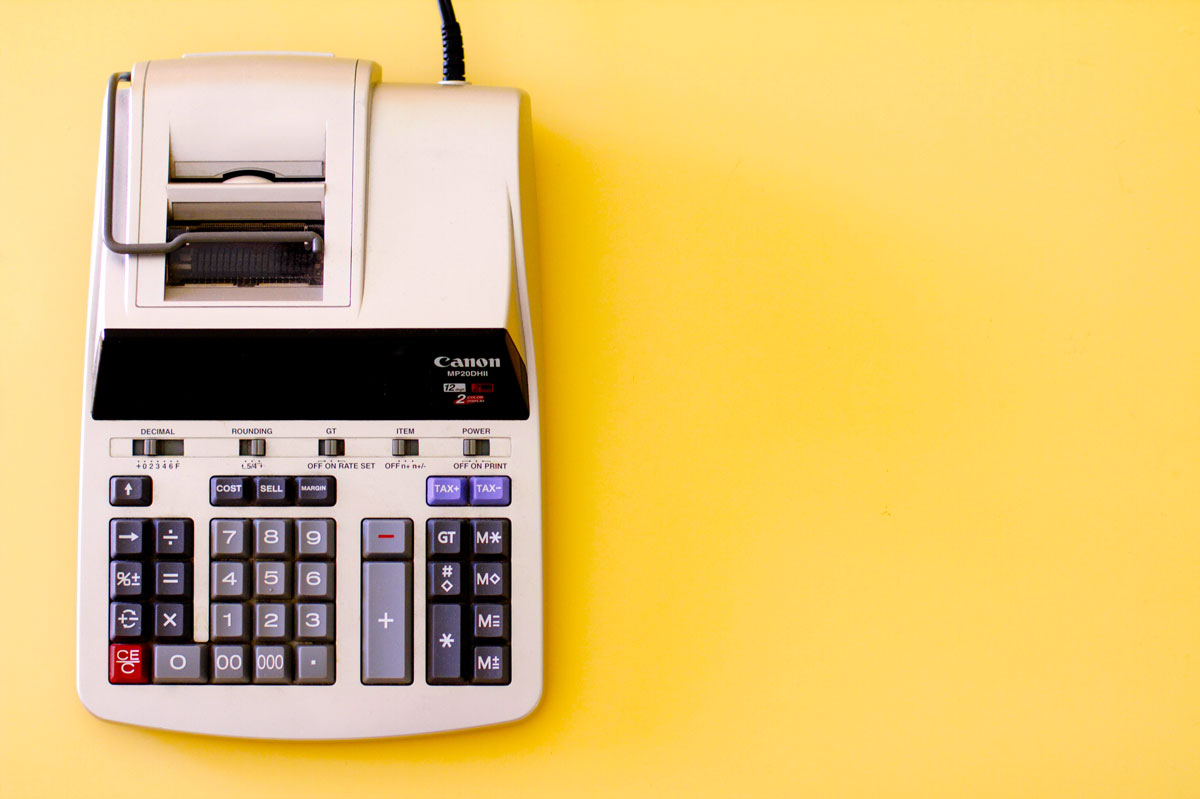Can you still be old school in the 2020s? Even when it comes to a manual account payable system, the answer is yes.
But as you probably guessed, the cost of paper and manual AP systems is exceedingly high. The true cost of manual accounting isn’t just limited to printed check payments. It also includes hidden costs associated with keeping your business running on outdated technology.
Read on as we discuss some of these costs and go over how an automated system can help reduce them by as much as 99%.
Paper-Based Invoices
You’re most likely familiar with paper invoices—they’re the ones you receive in the mail, or when you buy something at a store. You might not have thought about how expensive they are, but the price of paper invoices adds up, here’s why:
- Paper is inefficient
- Paper is hard to track and share
- Paper requires manual verification and reconciliation
For instance, if your company has over 10,000 invoices per month and was paying about $1 per invoice in postage, it adds up quickly when your business does $1M+ in sales per year.

Manual Entry of Invoice Information
The process of manually entering invoice information into your accounting system is time-consuming and prone to human error. It can cause a multitude of other problems.
The most obvious problem is that it takes up a lot of time. You have to find the invoice, print it out, and then enter all the data into your account software. Especially if you have hundreds or thousands in a month, then this can become very cumbersome very quickly if not done properly. This is why even small businesses are encouraged to use free and basic AP automation software.
Another problem with manual entry is we are prone to human error. What about those times when an invoice arrives with incorrect data on it?
Manual entry will result in errors being missed because there isn’t any way for people’s eyes and brains to check every single number as they go along (which means you could end up paying more than what was expected).
Manual Check Requests
When you’re using manual check requests and approvals, your bank will often require a lot of data. That can mean lots of stamps and signatures, which means more time spent processing each check.
And then there’s the fact that all this extraneous work needs to be tracked manually as well. That’s more time and effort wasted on a process that could otherwise be automated with software. This is just one example of why paper-based processes are not only labor intensive but also costly for businesses in terms of lost productivity and money spent on fees for processing checks manually.
Paper Storage and Filing Costs
Some common costs that often get overlooked include the following:
- Cost of filing cabinets
- Cost of paper storage and retrieval
It’s common to see someone who works in an office store large stacks of manila folders in a filing cabinet. They might even use a label maker to identify each folder with an employee name or project title.
This is one way that firms keep track of their documents and maintain compliance with regulatory requirements such as Sarbanes-Oxley and HIPAA by maintaining a paper trail.
The problem with this method is that it takes up valuable space, uses up valuable time and resources, and creates extra work for employees because they have to file things away every time they get them out (or worse yet—they don’t).

Manual Vendor On-Boarding and Maintenance
We know that manual vendor onboarding and maintenance costs you time and money.
Vendors want to work with big companies; the more successful you are at managing your suppliers, the higher demand there will be for their goods and services. But if you don’t have an automated system in place, working with new suppliers means lots of time spent on data collection and submission forms.
You could even find yourself re-entering information from one system into another or having multiple people enter data separately before it gets consolidated into one place.
Innovative technology like Sage Intacct, one of the best AP systems on the market today, can help automate accounts payable and repetitive tasks so your team has more time to focus on other things that matter most: growth strategy, customer service, and product development.
Mailroom Costs and Errors
The costs of manual processes are not just monetary. The time spent on tasks such as entering data into spreadsheets or manually printing reports also has an effect on the bottom line.
This is especially true when you consider that many organizations have employees whose jobs revolve around these tasks that could be done by automation instead. Take the example of a financial analyst who spends eight hours per week creating a weekly report for the executive team only to find out later that it’s incorrect because someone miscoded one line in the spreadsheet template.
The Cost of Paper and Manual AP Systems Is Expensive
Paper and manual AP systems are expensive. The cost of paper and manual AP systems is not just the money spent on the physical product, but also the amount of time and resources that go into creating each one of them.
Additionally, there is a lot of money wasted on things like printing supplies (both ink cartridges and paper).
Paper and manual AP systems may seem like an easy solution, but they come with a lot of hidden costs compared to AP automation. If you want to save money and make your business more efficient, there are better options out there than the old way of doing things.
For more info on automated AP systems or how to go paperless, reach out to Bangert today!
